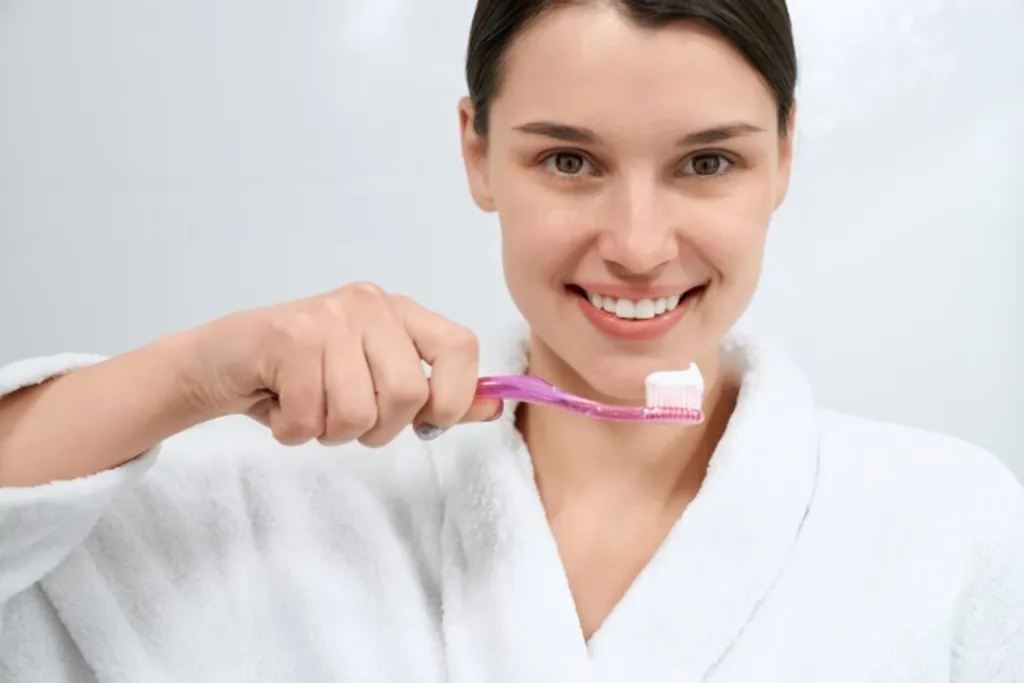Understanding Teeth Whitening and Aftercare
Achieving a brighter, more confident smile through teeth whitening is a popular cosmetic procedure. However, the process doesn’t end with the whitening treatment itself. Proper aftercare, especially how you brush teeth after whitening, is crucial to maximizing your results and maintaining your dazzling new smile. This guide provides a comprehensive overview of the best practices for post-whitening oral hygiene, ensuring you keep your teeth looking their best for as long as possible. Understanding the science behind teeth whitening and the importance of a well-executed aftercare plan is the first step to long-lasting results. After all, a brighter smile is a healthy smile!
What is Teeth Whitening
Teeth whitening is a cosmetic dental procedure designed to lighten the shade of your teeth. It works by using bleaching agents, typically hydrogen peroxide or carbamide peroxide, to break down stains and discoloration on the enamel. These stains can be caused by various factors, including the consumption of staining foods and drinks (such as coffee, tea, and red wine), smoking, aging, and certain medications. There are various methods for teeth whitening, including professional treatments administered by a dentist and over-the-counter products, such as whitening toothpaste, strips, and trays. The effectiveness of the whitening process depends on the type of stains, the concentration of the bleaching agent, and the duration of the treatment.
Types of Teeth Whitening
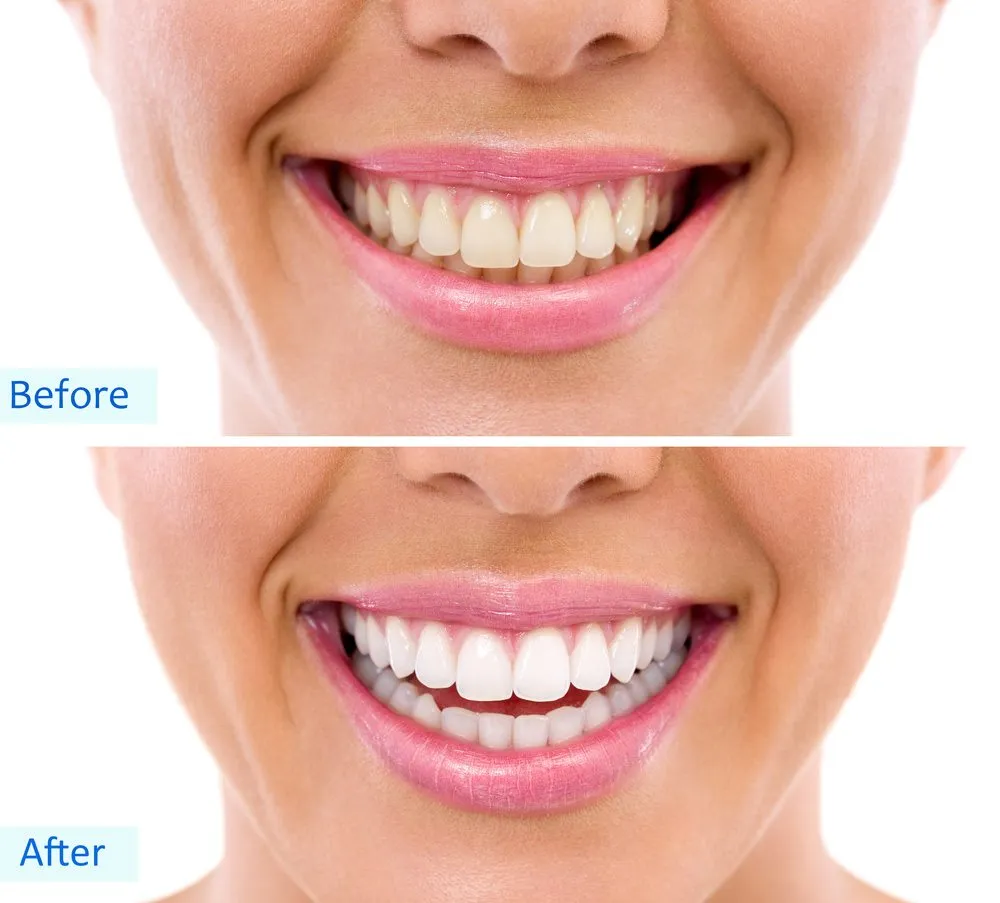
There are several methods of teeth whitening available. In-office whitening, performed by a dentist, offers the most dramatic and immediate results. This involves applying a high-concentration bleaching agent to the teeth, often in conjunction with a special light or laser to accelerate the whitening process. At-home whitening kits, prescribed by a dentist, involve custom-fitted trays and a lower concentration bleaching gel, offering a more gradual whitening effect. Over-the-counter options, like whitening strips, trays, and toothpastes, are readily available and can offer subtle improvements. However, their effectiveness is generally less compared to professional treatments. Choosing the right method depends on your budget, the severity of discoloration, and your desired results. Consulting with your dentist is always recommended to determine the best option for your specific needs.
Importance of Aftercare
Aftercare is paramount to preserving the results of your teeth whitening treatment. Immediately after whitening, your teeth are more susceptible to staining because the pores in your enamel are slightly open. Following a strict aftercare routine, including careful brushing habits and dietary restrictions, helps to prevent new stains from forming and keeps your teeth looking bright. Poor aftercare can lead to premature discoloration and may negate the effects of the whitening treatment, ultimately resulting in wasted time and money. Therefore, understanding and adhering to the guidelines for brushing and overall oral hygiene is critical for maintaining your dazzling smile.
Optimal Timing Brush Teeth After Whitening
Timing is crucial when it comes to brushing your teeth after whitening. Knowing when to brush, and when to avoid it altogether, can significantly impact your results. The immediate aftermath of a whitening treatment requires special attention to prevent any potential damage or staining.
Immediate After Whitening
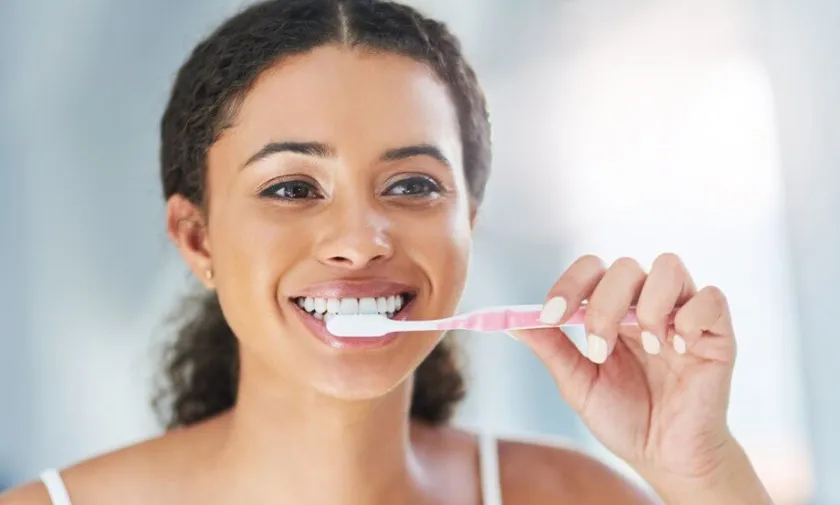
Immediately after a professional teeth whitening session, dentists typically advise against brushing your teeth for a few hours. This allows the enamel to settle and reduces the risk of irritation. Some dentists recommend only rinsing your mouth gently with water or a special mouthwash designed for post-whitening care. Avoid using any abrasive toothpastes or vigorous brushing during this period. Following your dentist’s specific instructions is vital for ensuring optimal results and minimizing any potential sensitivity.
First 24 Hours
During the first 24 hours following teeth whitening, your teeth are most vulnerable to staining. It is best to use a soft-bristled toothbrush and avoid abrasive toothpastes. Many dentists suggest using a toothpaste specifically formulated for sensitive teeth or a whitening toothpaste that is gentle and free of harsh chemicals. Brush your teeth gently, using small circular motions, and avoid applying too much pressure. Additionally, adhere strictly to the dietary guidelines, staying away from staining foods and drinks like coffee, tea, red wine, and deeply colored fruits and vegetables. Consistent and careful oral hygiene during this critical time is crucial for maintaining your newly whitened smile.
Long-Term Brushing Habits
After the initial 24-hour period, you can resume your regular brushing routine, but with some adjustments. Always use a soft-bristled toothbrush to prevent enamel erosion and minimize sensitivity. Brush your teeth at least twice a day for two minutes each time, focusing on gently cleaning all surfaces of your teeth. Choose a toothpaste that is designed for sensitive teeth or a gentle whitening toothpaste, and avoid those with harsh abrasives. Consider using a straw when drinking staining beverages to minimize contact with your teeth. Regular dental check-ups and cleanings are also vital to maintain your bright smile and address any potential issues promptly.
Choosing the Right Toothbrush and Toothpaste
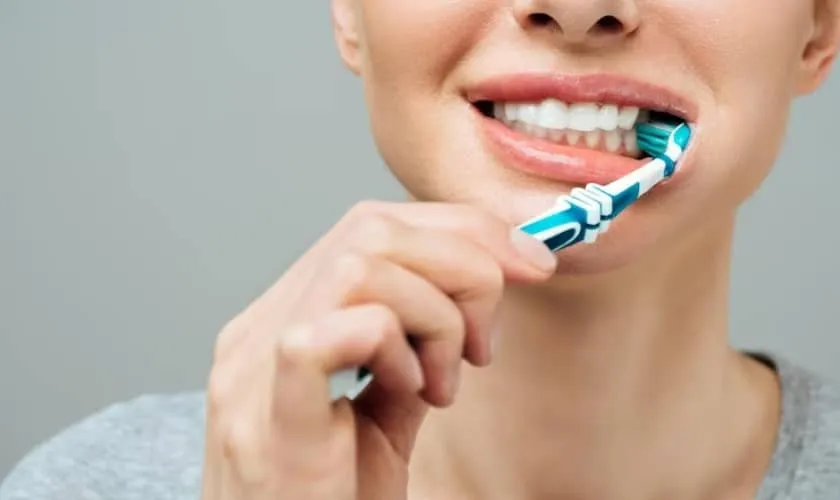
The type of toothbrush and toothpaste you use plays a significant role in the longevity of your teeth whitening results and overall oral health. Making the right choices will not only protect your teeth but also enhance the effectiveness of your whitening treatment.
Toothbrush Recommendations
A soft-bristled toothbrush is your best friend after teeth whitening. Soft bristles are gentle on your enamel and gums, reducing the risk of abrasion and sensitivity. Replace your toothbrush every three months, or sooner if the bristles become frayed. Electric toothbrushes with soft brush heads can also be a great choice, as they often have built-in timers to ensure you brush for the recommended two minutes. When choosing a toothbrush, look for one with a small head to allow you to reach all areas of your mouth effectively. It is crucial to prioritize gentleness to avoid any potential damage to the enamel and gums, which is particularly important after a whitening treatment.
Toothpaste Recommendations
Choosing the right toothpaste is equally important. After whitening, opt for a toothpaste designed for sensitive teeth, as it typically contains ingredients that are gentle on your enamel. Avoid toothpastes with high abrasive qualities or harsh chemicals, as they can erode the enamel and cause sensitivity. Look for toothpastes containing fluoride, which helps strengthen your teeth and protect against cavities. Consider using a toothpaste with a low Relative Dentin Abrasivity (RDA) value, which indicates how abrasive it is. Some whitening toothpastes are designed to be gentle on your teeth and gums while still helping to maintain the brightness of your smile. Consult with your dentist for specific recommendations on the best toothpaste for your individual needs.
Brushing Techniques for Best Results
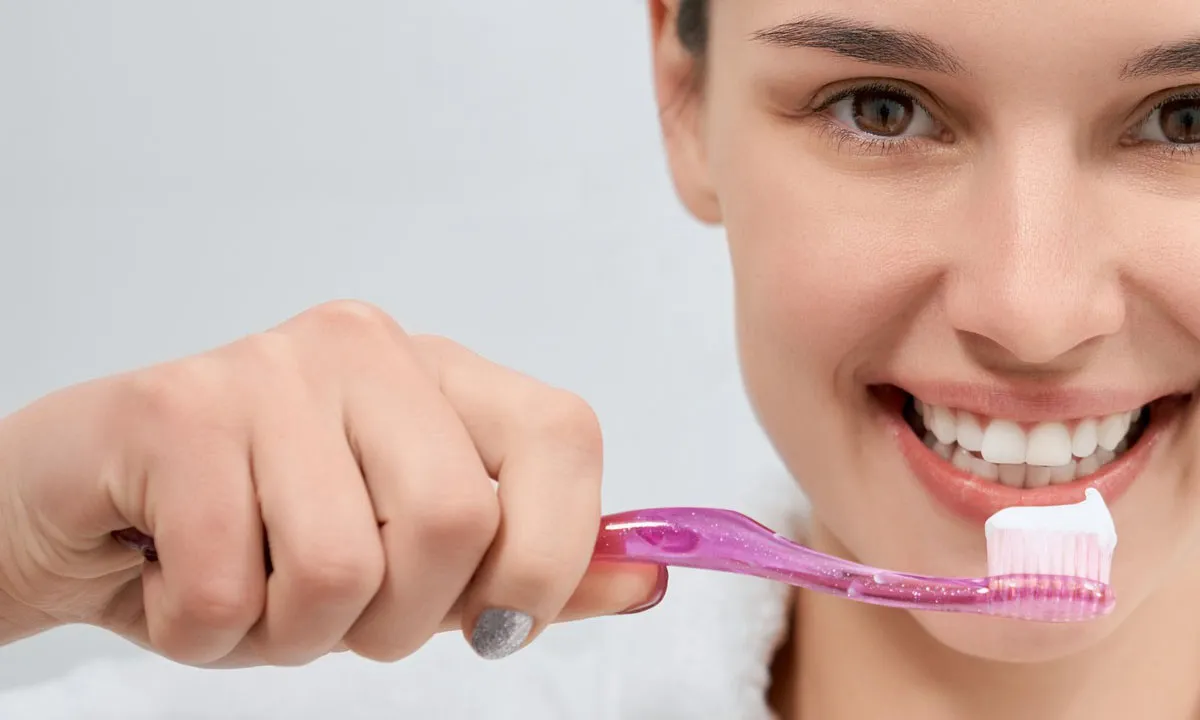
Proper brushing technique is key to maximizing the benefits of your teeth whitening and maintaining optimal oral health. Effective brushing removes plaque and food particles, preventing stains and keeping your teeth healthy.
Proper Brushing Method
Brush your teeth gently, using small circular motions. Angle the toothbrush at about 45 degrees towards the gum line to effectively clean along the gum line. Brush each tooth for a few seconds, ensuring you reach all surfaces, including the outer, inner, and chewing surfaces. Avoid brushing too hard, as this can damage your enamel and gums. Brush for a minimum of two minutes, twice a day, to ensure thorough cleaning. Using a timer can help you keep track of the brushing time. Don’t forget to brush your tongue to remove bacteria and freshen your breath. A consistent and methodical brushing technique will help maintain your bright, white smile.
Avoiding Common Mistakes
Several common mistakes can diminish the effectiveness of your teeth whitening and harm your oral health. One major mistake is brushing too aggressively, which can erode enamel and cause sensitivity. Another mistake is neglecting to brush all surfaces of your teeth, leading to incomplete cleaning and potential staining. Using the wrong toothpaste, such as one with high abrasivity, is also a common error. Failing to replace your toothbrush regularly can also hinder your oral hygiene efforts. Finally, not following your dentist’s instructions regarding aftercare is a critical mistake. Being mindful of these common mistakes can help you avoid them and maintain a bright, healthy smile.
Foods and Drinks to Avoid
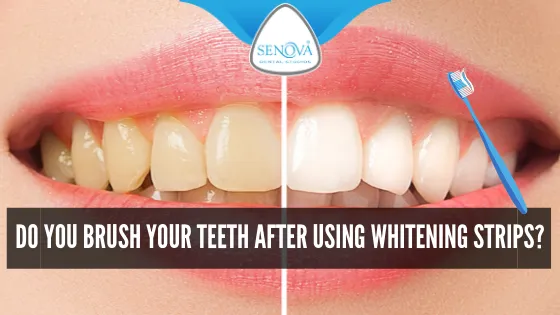
Your diet plays a significant role in preserving the results of your teeth whitening. Certain foods and drinks contain pigments that can easily stain your teeth, especially immediately after the whitening procedure.
Impact of Diet on Whitening
The foods and drinks you consume directly impact the longevity of your teeth whitening results. Highly pigmented substances can penetrate the enamel and cause staining. Avoiding or limiting these substances can help maintain your bright smile for a longer duration. The enamel is more porous immediately after whitening, making it even more susceptible to staining. Following a careful diet plan after your treatment is one of the most important aftercare steps.
Foods and Drinks to Avoid
Avoid staining foods and drinks, particularly for the first 24-48 hours after whitening. This includes coffee, tea, red wine, dark-colored sodas, and fruit juices. Be cautious of deeply colored fruits and vegetables, such as berries, beets, and spinach. Limit your intake of tomato-based sauces, soy sauce, and balsamic vinegar. Consider using a straw when consuming beverages to minimize contact with your teeth. Staying away from these items can help preserve your bright smile. When you are ready to consume these items again, do so in moderation, and always brush your teeth afterward to reduce the risk of staining.
Maintaining Your Bright Smile
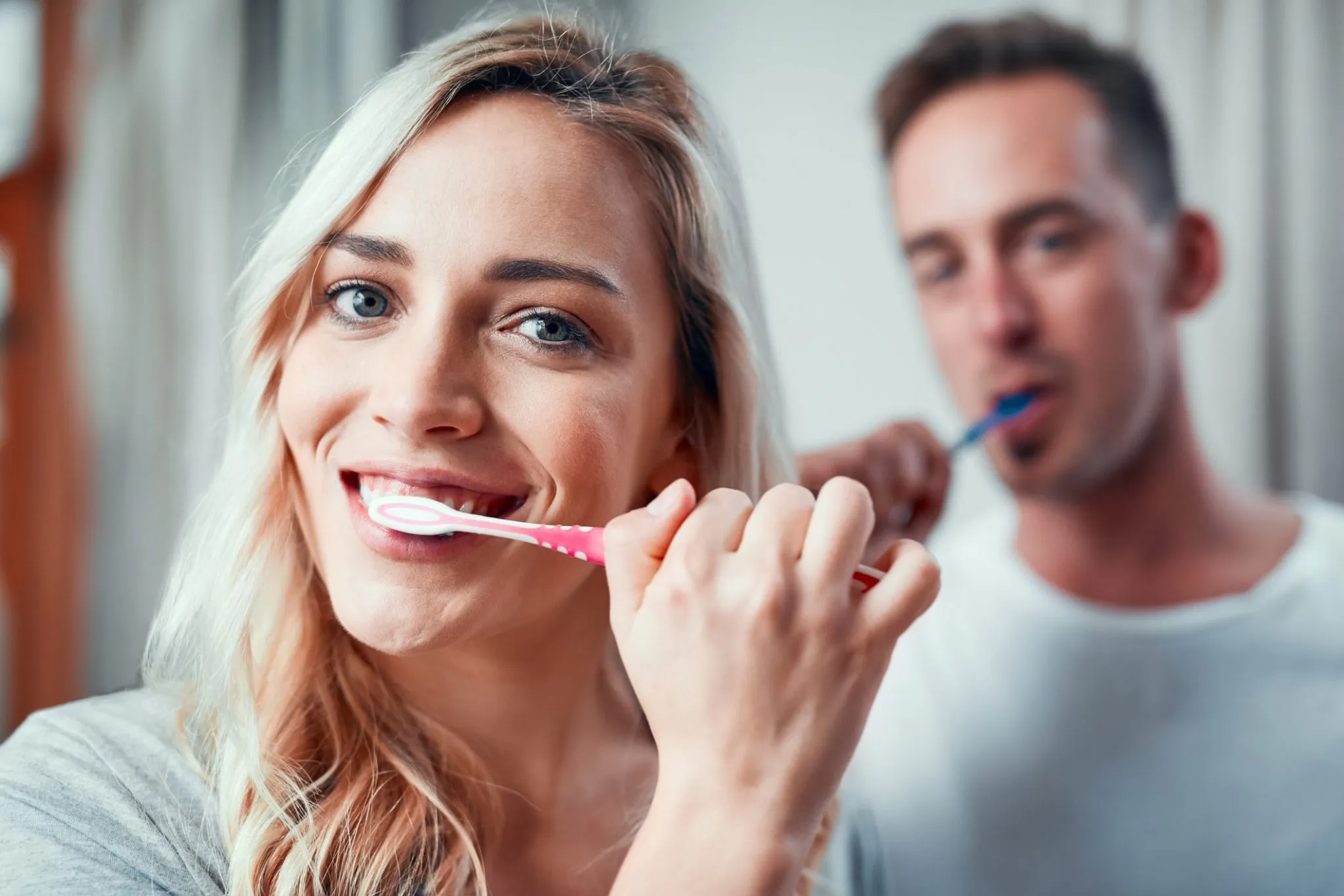
Maintaining your newly whitened smile requires a combination of good oral hygiene practices, regular dental check-ups, and smart lifestyle choices. These steps will help you keep your teeth looking their best and prevent future discoloration.
Regular Dental Check-ups
Regular dental check-ups and professional cleanings are essential for maintaining a bright smile. Your dentist can assess your oral health, identify potential issues, and provide professional cleaning to remove plaque and tartar, which can cause staining. Regular check-ups also allow your dentist to monitor the condition of your teeth whitening and provide any necessary touch-ups or maintenance. Schedule dental appointments every six months, or as recommended by your dentist, to ensure your smile remains healthy and bright. Professional care complements your at-home oral hygiene routine, providing comprehensive care for long-lasting results.
Home Maintenance Tips
In addition to proper brushing, there are several home maintenance tips to keep your teeth bright. Use a whitening toothpaste or a toothpaste designed for sensitive teeth. Floss daily to remove food particles and plaque from between your teeth. Rinse your mouth with water after consuming staining foods and drinks. Consider using a mouthwash specifically designed for whitening. Avoid tobacco products, as they can stain your teeth and damage your oral health. Make smart dietary choices by reducing your consumption of staining foods and drinks. By incorporating these simple tips into your daily routine, you can significantly extend the life of your teeth whitening results and maintain a healthy, bright smile.
In conclusion, maintaining a bright and beautiful smile after teeth whitening involves a dedicated approach to aftercare. By understanding the proper timing for brushing, choosing the right toothbrush and toothpaste, adopting correct brushing techniques, avoiding staining foods and drinks, and adhering to a regular dental check-up schedule, you can ensure your smile remains radiant. Consistent effort and commitment to these guidelines will not only preserve your teeth whitening results but also enhance your overall oral health, giving you the confidence that comes with a truly brilliant smile. Prioritize your oral health, and enjoy the long-lasting benefits of your teeth whitening procedure!
